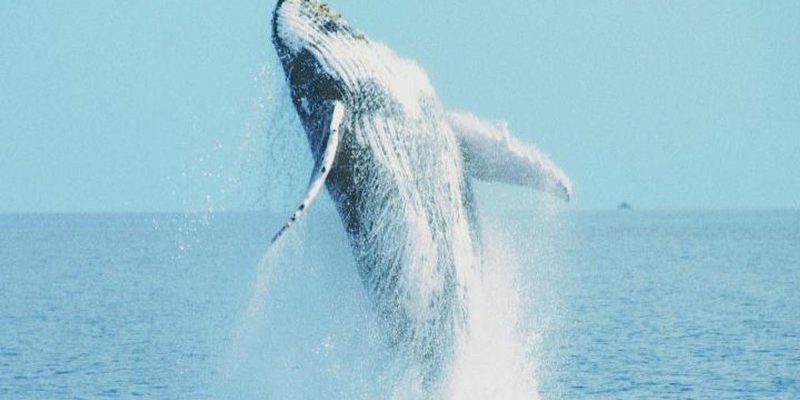
You might be wondering why these threats matter. Well, humpback whales play a significant role in marine ecosystems. They help regulate marine populations and contribute to nutrient cycling, which supports the entire ocean food web. Unfortunately, human activities and environmental changes are making their lives increasingly difficult. Let’s dive into some of the most common challenges these whales face and why we should care.
Ship Strikes
One of the biggest dangers to humpback whales comes from large vessels. Every year, hundreds of whales are injured or killed in collisions with ships. Imagine a massive cargo ship moving through the water with little regard for what lies beneath the surface. Humpback whales, often in their migratory paths, can find themselves in the wrong place at the wrong time.
These incidents aren’t just tragic; they can have lasting effects on whale populations. Think about it: if a mother whale is struck and killed, her calf often doesn’t survive without her guidance. To reduce these accidents, many regions now implement speed limits for vessels in known whale habitats. It’s a small price to pay for protecting these incredible animals.
Entanglement in Fishing Gear
Humpback whales are also at risk of becoming entangled in fishing gear, such as nets and lines. This can happen when a whale swims too close to a fishing operation. Imagine a majestic creature tangled up and struggling to free itself. It’s heartbreaking to think about, right? When whales get caught, they can suffer from injuries, stress, and even death.
Fishermen and conservationists are working together to find solutions. Some are using new gear designed to reduce the risk of entanglements. Others are advocating for changes in fishing regulations to protect whales during critical migratory periods. It’s a tough balance, but one that’s essential for the future of both whales and the fishing industry.
Climate Change
Let’s talk about something that affects nearly every living thing on our planet: climate change. Humpback whales depend on specific water temperatures and the availability of prey like krill and small fish. As oceans warm, it can disrupt the delicate balance of marine ecosystems. Warmer waters may force whales to migrate to new areas or change their feeding habits, which can impact their health and reproduction.
In addition to temperature changes, ocean acidification—caused by increased carbon dioxide levels—affects the availability of food. When the bottom of the food chain is impacted, everything above it, including humpback whales, feels the effects. It’s a complex issue, but understanding it is crucial for conservation efforts.
Pollution and Ocean Debris
Pollution is another major threat faced by humpback whales. Chemicals and plastics in the ocean can have dire consequences for marine life. Whales can ingest or become entangled in debris, leading to serious health issues or even death. Picture a whale mistaking plastic for food, and you can see how dire this situation is.
Furthermore, pollutants like heavy metals can accumulate in whale tissues over time, impacting their reproductive health and longevity. Efforts to reduce ocean pollution are essential not just for whales, but for the health of our oceans overall. Every piece of plastic we reduce or recycle makes a difference.
Sound Pollution
You might be surprised to learn that noise pollution is a significant concern for humpback whales. These animals rely on sound for communication, navigation, and hunting. Increased boat traffic, industrial activities, and even military sonar can drown out their calls. Imagine trying to have a conversation in a loud, crowded room; it becomes nearly impossible.
When whales can’t communicate effectively, it can disrupt their social structures and feeding patterns. Researchers are exploring ways to minimize sound pollution in important whale habitats, but it’s a slow process requiring cooperation among various industries and government bodies.
Illegal Hunting and Poaching
Though humpback whales are protected in many regions, illegal hunting and poaching still occur. Despite international bans, some countries continue to hunt whales for their meat and products. It’s a tough subject, but it’s essential to address. Each whale lost to poaching is not just an individual life taken; it disrupts entire populations and ecosystems.
Conservation groups are hard at work to protect these whales through awareness campaigns, legal action, and international cooperation. The more people understand the plight of humpback whales, the more support they can lend to these vital efforts.
Humpback whales are astonishing creatures that inspire awe and respect. However, their future hangs in the balance due to numerous threats, from ship strikes and entanglement to pollution and climate change. It’s crucial for us to understand these challenges and advocate for the protection of these magnificent animals.
So, the next time you hear a story about a humpback whale or see one in a documentary, remember the struggles they face in the wild. Every effort counts, whether it’s reducing plastic use or supporting conservation initiatives. By working together, we can help ensure that these majestic giants continue to thrive in our oceans for generations to come.

